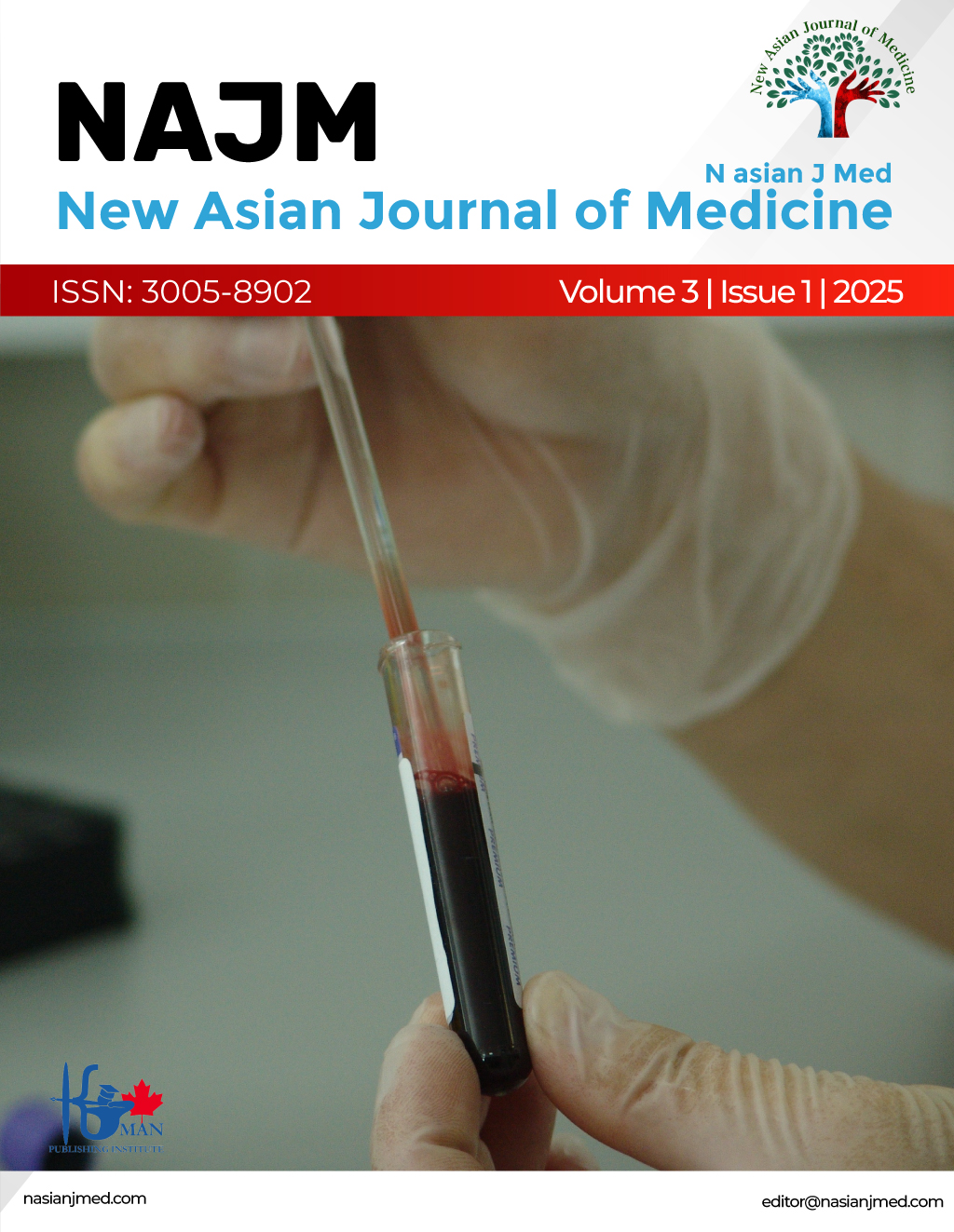Relation between cardiac conduction disturbances and non-alcoholic fatty liver disease in the south Indian population
DOI:
https://doi.org/10.61838/Keywords:
Atrial Fibrillation; Arrhythmias, Cardiac; NAFLD; RBBBAbstract
Background: Non-alcoholic fatty liver disease (NAFLD) is known to increase the risk of cardiovascular diseases, including coronary artery disease and structural cardiac defects. Studies have suggested an association between NAFLD and atrial fibrillation, particularly in patients with advanced NAFLD and liver fibrosis. This study aimed to explore the potential link between NAFLD and cardiac conduction disturbances (CCDs), focusing on arrhythmias and other related factors.
Methods: This observational study was conducted over three months at a tertiary care hospital in Southern India. Participants were selected based on their health screening results and divided into two groups: Group 1 (NAFLD) and Group 2 (Non-NAFLD). All participants underwent ultrasound for NAFLD diagnosis and 12-lead ECG to assess cardiac rhythm abnormalities. Data on demographics, comorbidities, body mass index (BMI), lipid profiles, and other relevant factors were collected. Frequencies and types of CCDs were compared between the two groups.
Results: In a study of 178 patients undergoing preventive health screening, 105 (59.0%) were diagnosed with NAFLD. The mean age was 44.9±12.7 years, with 59.6% being male. Patients with NAFLD were older (46.5±11.6 vs. 42.6±13.8 years) and had higher rates of overweight BMI (66.7% vs. 42.5%, p=0.003) and arterial hypertension (31.4% vs. 17.8%, p=0.041) compared to those without NAFLD. No significant differences were found in the frequencies of diabetes mellitus or impaired glucose tolerance. Blood tests showed elevated serum glutamate pyruvate transaminase levels in the NAFLD group (36.37±28.04 vs. 28.23±21.28 IU/L, p=0.038). CCDs occurred in eight patients (4.5%), with no significant difference between NAFLD and non-NAFLD groups (4.8% vs. 4.1%, p=1.000). Logistic regression analysis showed no significant association between NAFLD and CCDs, both in univariate analysis (odds-ratio (OR)=0.86, 95% confidence interval (CI): 0.20-3.70, p=0.836) and multivariable analysis (OR=0.96, 95%CI: 0.20-4.70, p=0.962).
Conclusion: NAFLD, in the absence of significant cardiac comorbidities, does not appear to be associated with CCDs. These findings suggest that routine electrocardiographic screening for conduction abnormalities in asymptomatic NAFLD patients without pre-existing cardiac conditions may not be clinically justified. Healthcare resources should focus on comprehensive cardiovascular risk management and established metabolic risk factors rather than routine cardiac rhythm monitoring in this population. However, vigilance should be maintained for patients with advanced NAFLD or significant comorbidities.
Downloads
Additional Files
Published
Issue
Section
License
Copyright (c) 2025 Harsh Jain, Emmanuel Bhaskar (Author)

This work is licensed under a Creative Commons Attribution-NonCommercial 4.0 International License.






